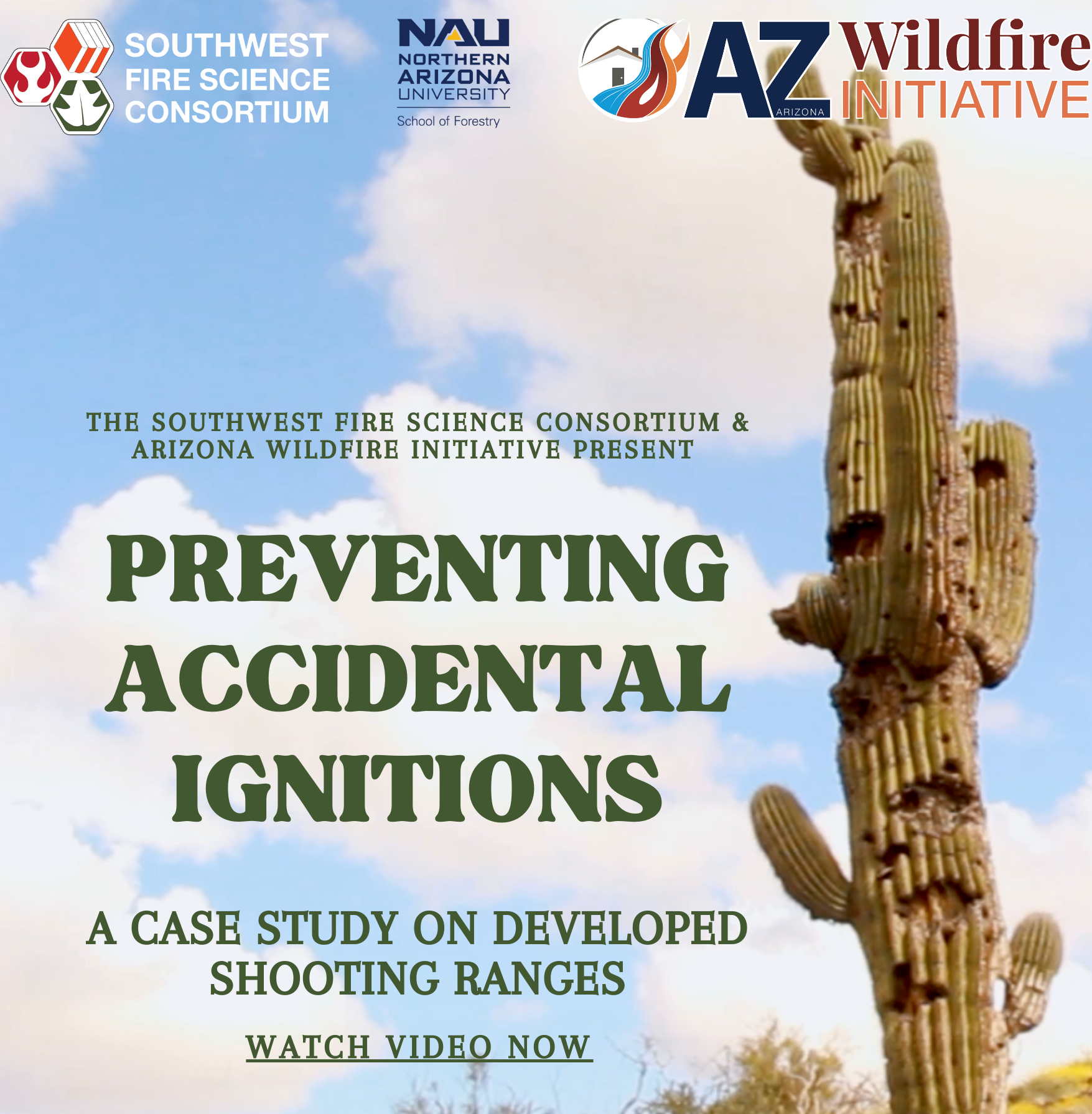We are happy to announce the premiere of a new educational video, “Preventing accidental ignitions: A case study of developed shooting ranges” for #NationalPublicLandsDay on September 28, 2024.

Wildfires are accidentally ignited by target shooting each year. While there is no good data on the number of fires started by firearms, land managers recognize the need for strategic planning to prevent these accidental ignitions. This video explains the methods used by the BLM in Phoenix, AZ to reduce the risk of wildfire due to recreational target shooting with the construction of developed and managed shooting ranges (DSR). The video also explains preventive techniques such as prescribed fire that have been used by the Tonto National Forest to lower fuel loads near popular target shooting areas to reduce the possibility of ignition. Fires started from firearms can cause safety issues for firefighters and first responders and can worsen the fire-invasive cycle which can alter native ecosystems. This video is designed to draw attention to firearms as an ignition source and to propose solutions to reduce the number of ignitions. While this video showcases the Sonoran Desert, unplanned ignitions from target shooting occur throughout the West. Fire prevention outreach and education is an important part of keeping ecosystems, firefighters, and communities safe from wildfire that occurs under unsafe, and unnatural burning conditions. This video is designed for the education of natural resource, community managers, and wildland fire professionals. For more information about the role of beneficial and harmful fire in specific ecosystems, please see other videos on our channel or visit https://www.swfireconsortium.org/ For more information on ways to reduce fire risk in the Sonoran Desert see our science synthesis or field story on desert-adapted fuel breaks.
Watch Here
Learn More
Science on target shooting and wildfire
Learn more about Fire in the Desert
And some other solutions for conservation of the Sonoran Desert
This video was created by the Southwest Fire Science Consortium (SWFSC) and the Arizona Wildfire Initiative (AZWI), with input from partners from the Bureau of Land Management’s prevention staff in AZ & NM.
The SWFSC is federally funded by the Joint Fire Science Program. The SWFSC is one of 15 regional exchanges created to get emerging science on the ground by connecting scientists, land managers, and the public. Learn more about the SWFSC here.
The AZWI is a state funded program out of Northern Arizona University’s School of Forestry. The AZWI is composed of three facets: workforce development and education, science communication, and community resilience. Learn more about the AZWI here.

